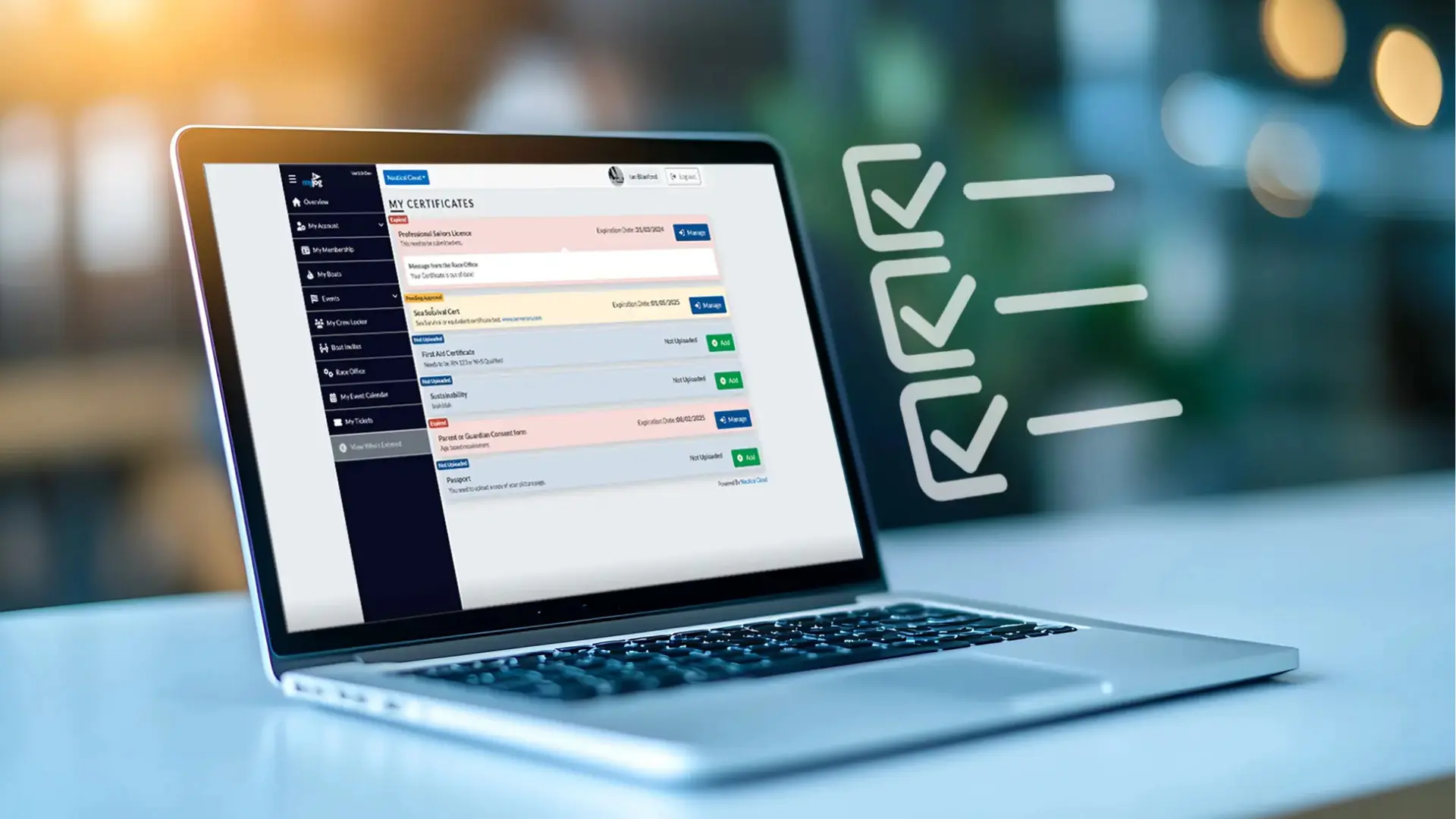Struggling with manual compliance checks and endless administration?
An integrated web portal solves these challenges.
These websites directly automate data entry and connect with your backend systems. People can independently complete routine tasks – updating information, submitting forms, and accessing services – with each action tracked in your systems.
This automation standardises processes, captures necessary documentation, maintains data accuracy, and frees teams from administrative tasks.
Let’s examine some examples, explore the benefits, and see how ServerSys can help you meet your compliance obligations and goals.
The Challenges of Compliance Processes
Maintaining and demonstrating compliance is critical but often burdens organisations. Outdated paper-based processes lead to disorganised workflows, but even digital processes relying on emails consume valuable time and resources.
Teams often feel overwhelmed when handling multiple compliance tasks, increasing the chance of human error.
Emailing forms back and forth for approval creates significant bottlenecks. Manual CRM updates complicate processes and increase data entry errors.
Using spreadsheets to track employee certifications is another inefficient process. Ensuring everyone is up-to-date with their training and qualifications requires frequent check-ins, but some people may be missed.
Additionally, monitoring environmental standards or conducting safety audits requires diligent record-keeping and prompt actions. Manual processes tangle responsibilities and increase non-compliance risks.
Relying on these legacy methods depletes resources and jeopardises organisational integrity. A web portal addresses these challenges.
How Web Portals Enhance Compliance
An integrated portal enhances efficiency and compliance consistency by eliminating reliance on paper-based processes and disconnected systems.
Example: Consent Forms
In highly regulated sectors, obtaining and managing consent forms is often plagued by inefficiencies. Distributing and collecting signed agreements is an area where integrated portals shine.
For instance, one of our clients works with minors, which requires them to obtain parental consent forms. Previously, this involved a cascade of emails when forms were sent and returned and considerable effort to file these documents. By deploying a portal, they can notify parents to complete forms and upload these signed documents.
Example: Checklists
Portals also manage custom checklists. For example, in industries with stringent safety requirements, such as healthcare or manufacturing, checklists ensure that all necessary steps are completed and confirmed.
Sailing clubs, for example, adhere to stringent safety standards for their race events. Each entrant must complete checklists detailing their boats, crew, and other essential items. The administration involved can lead to lengthy registrations and event check-ins, which detract from people’s experiences.
To overcome these challenges, we implement race management portals, which include guided checklists that prompt entrants to provide the necessary information and documentation. Once submitted, the system can automatically approve entries according to the defined conditions, reducing the pressure on race administrators.
Example: Incident Reporting
Reporting incidents is another process that can benefit from portal integration. Traditionally, this involves manual steps and is prone to errors and unreported issues. However, within a portal employees can quickly log workplace injuries, complaints, potential data breaches, or equipment malfunctions via standardised forms. These reports can then be automatically routed to the appropriate personnel, ensuring rapid response.
Blending Automation with Human Oversight
While portals can automate many processes in support of compliance goals, they don’t replace the need for human oversight.
Portals should always include appropriate escalation paths for complex situations that require human intervention. The emergence of AI agents provides increased scope to automate ever more complex workflows by using organisational resources and reasoning. However, robust compliance management processes will:
Define clear roles between automated decisions and human checks and approvals.
Establish thresholds for when manual approvals are required.
Implement regular reviews of automated decisions.
Provide transparency to explain the reasons behind automated decisions.
This balanced approach leverages technology for efficiency while maintaining human judgement and accountability that effective compliance requires.
Benefits of Portals for Compliance Management
Improved Operational Efficiency – Portals can automate tasks such as document management, risk assessments, and reporting. They reduce manual efforts and minimise human errors, freeing teams from repetitive administrative tasks.
Enhanced Risk Mitigation – Real-time monitoring and proactive identification of compliance risks will help all parties address issues before they escalate. Integrated portals provide centralised data access and automated alerts, enabling timely preventive measures.
Streamlined Audit Readiness – Portals connect with Dynamics 365 and other systems to maintain detailed records of activities, decisions, and change logs. These features simplify audit preparations by ensuring accurate documentation is readily accessible during inspections or investigations.
Cost Savings – Automation and efficiency improvements reduce operational costs by minimising errors, avoiding penalties, and optimising resource allocation. Web portals enable organisations to save time and money while maintaining robust compliance processes.
Enhanced Reputation and Trust – Demonstrating commitment to compliance through robust systems builds trust among stakeholders, including supporters, investors, and regulators. This can lead to stronger business relationships, increased loyalty, and competitive advantages in industries where reputation is critical.
Final thoughts
Portals transform compliance from a chore into a refined, data-driven process.
The benefits extend beyond efficiency gains, including reduced operational risk and the ability to adapt quickly to changes. For external users, portals provide a convenient experience that encourages compliance through simplified processes and real-time guidance.
Interested in learning more? Schedule a call with one of our consultants to discuss how we can implement a portal can enhance your compliance management.



